Western Turf Farms has been growing sod more than 50 years. We specialize in Golf Course Grass and Sports Field Turfs, to residential homes and commercial properties, we have the right grass for any job. Each variety of sod is grown and harvested on our farms in Langley and Abbotsford, ensuring you get healthy, quality sod grass for your project.
Showing all 11 results
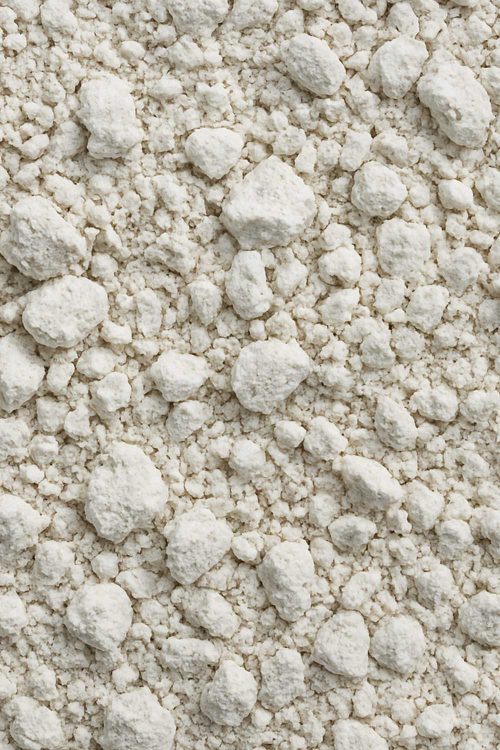
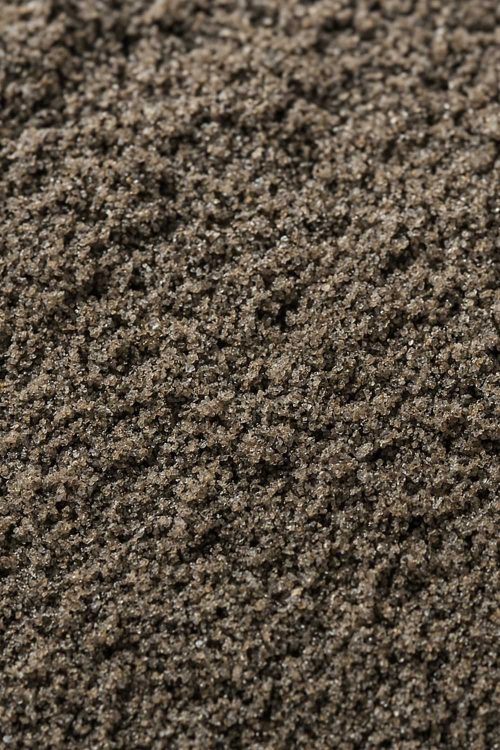
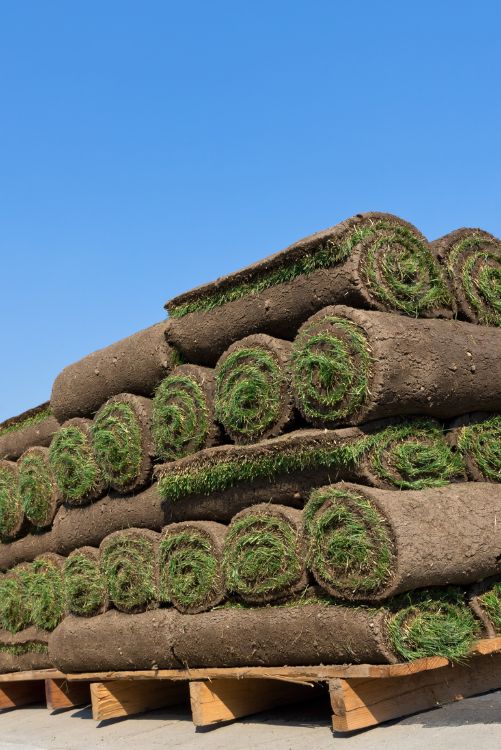

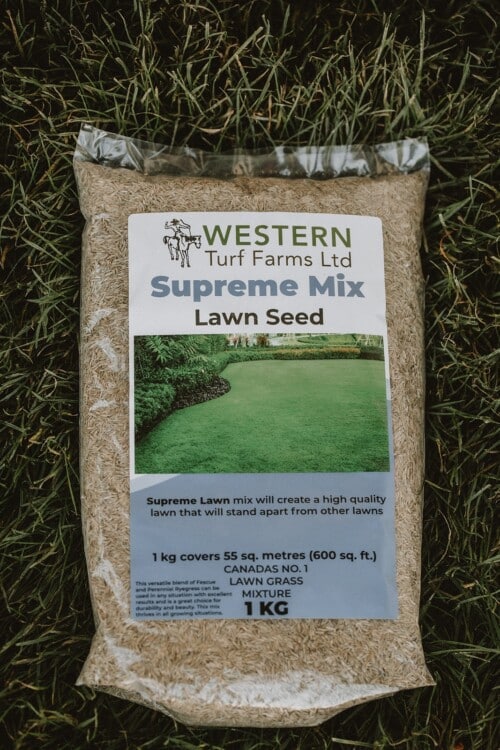
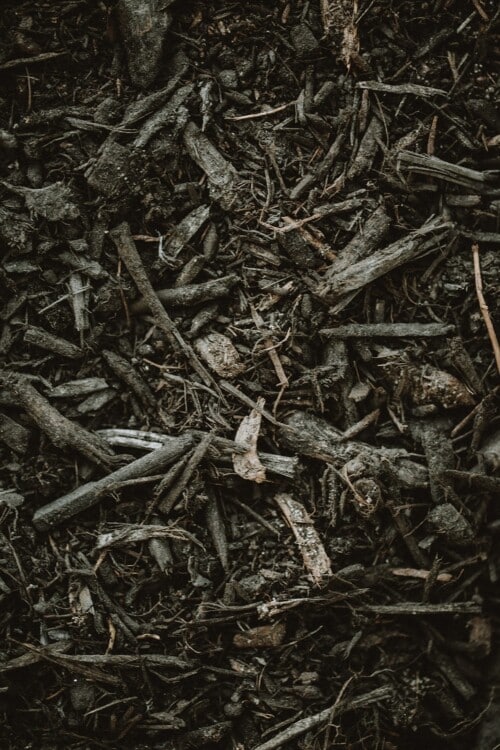
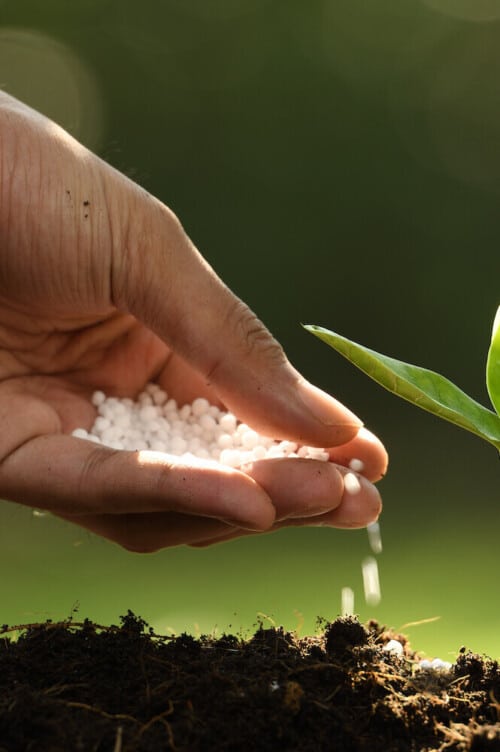
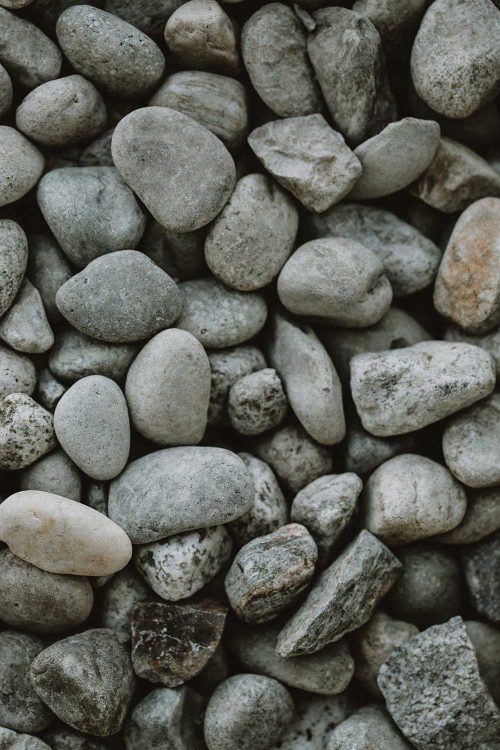
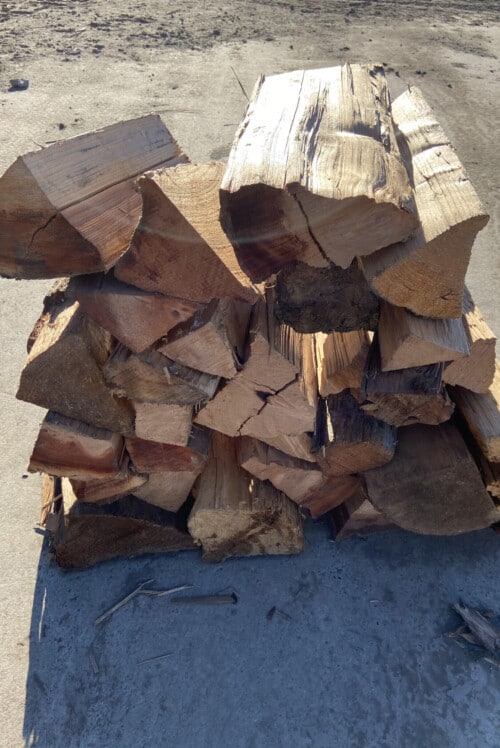
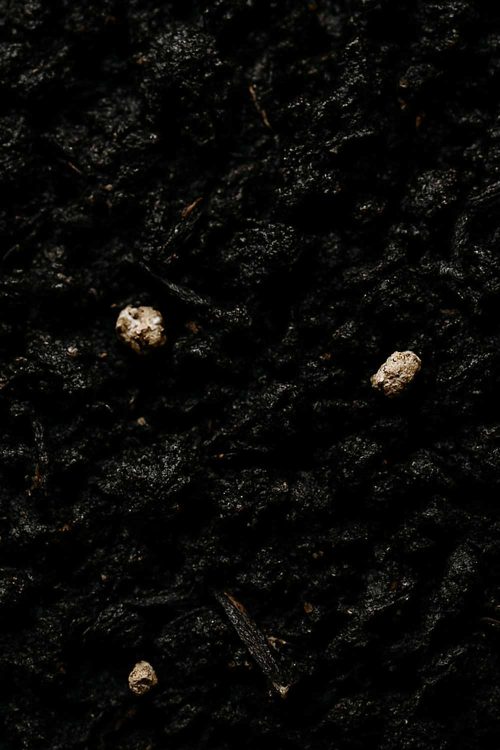
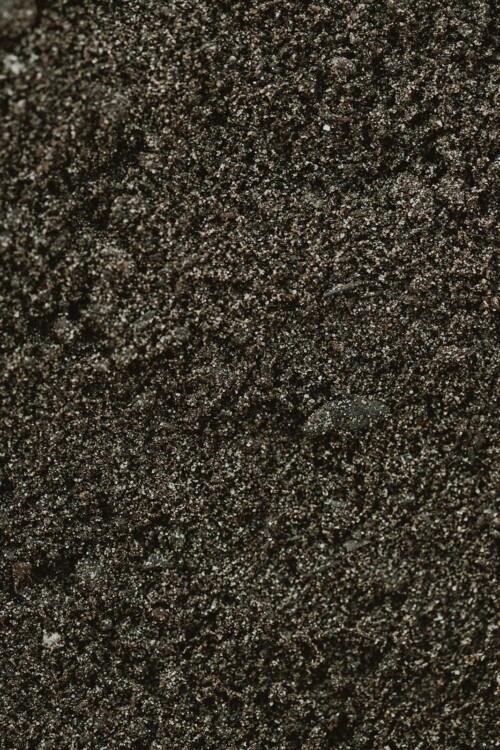
Order fresh sod now or request a custom quote for your project.
Save with a Yearly membership. Custom fertilizer program. Fertilizer, topsoil, seed delivered to your door before you need it. Don’t forget, we will remember for you!
Western Turf Farms Abbotsford
39183 No.5 Road Abbotsford, BC V3G 2G3
Western Turf Farms Langley
7880 240 Street Langley, BC V1M 3P9
© Copyright 2025, all rights reserved by Western Turf Farms. By using our website you agree to our Disclaimer and Privacy Policy.